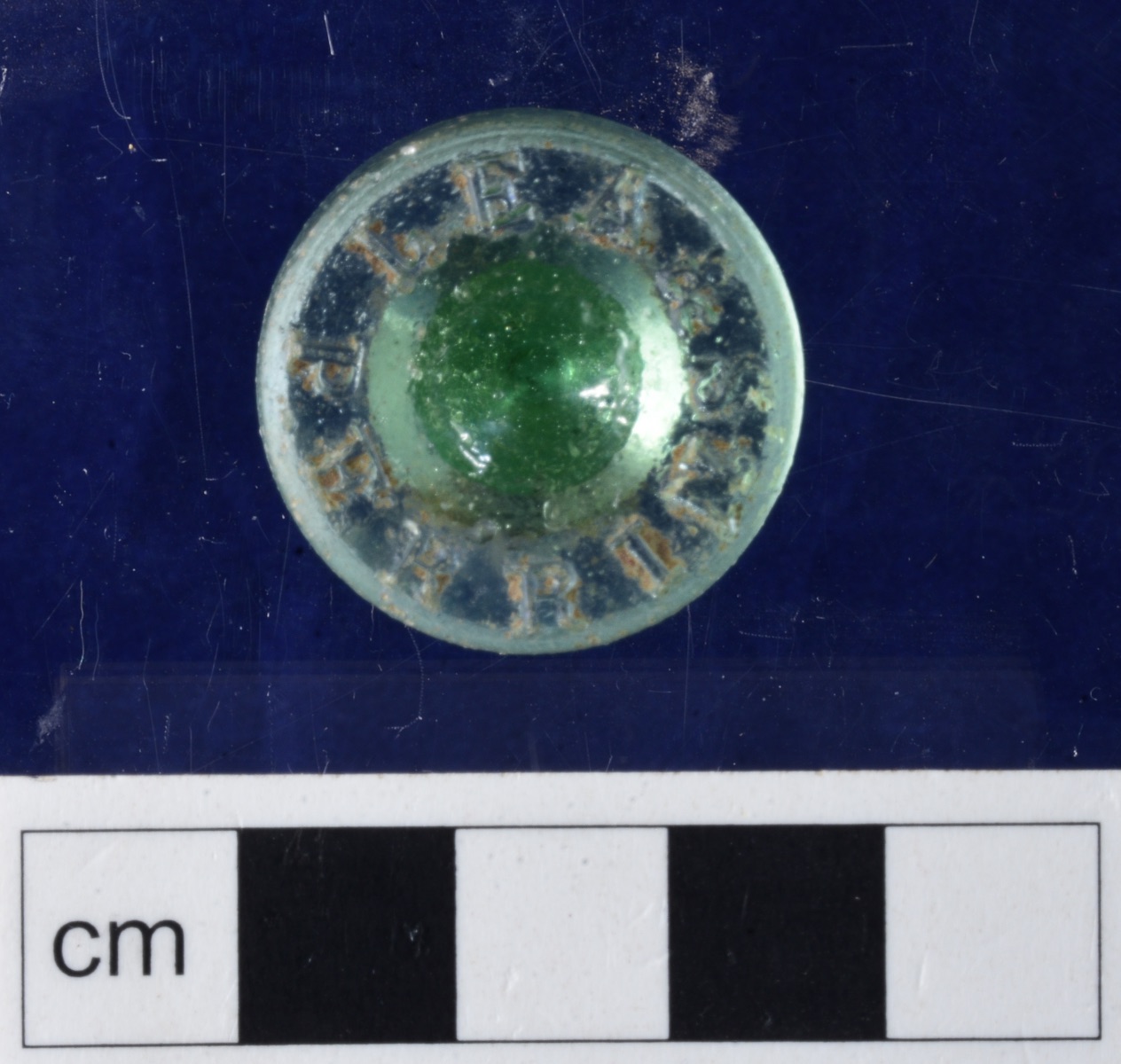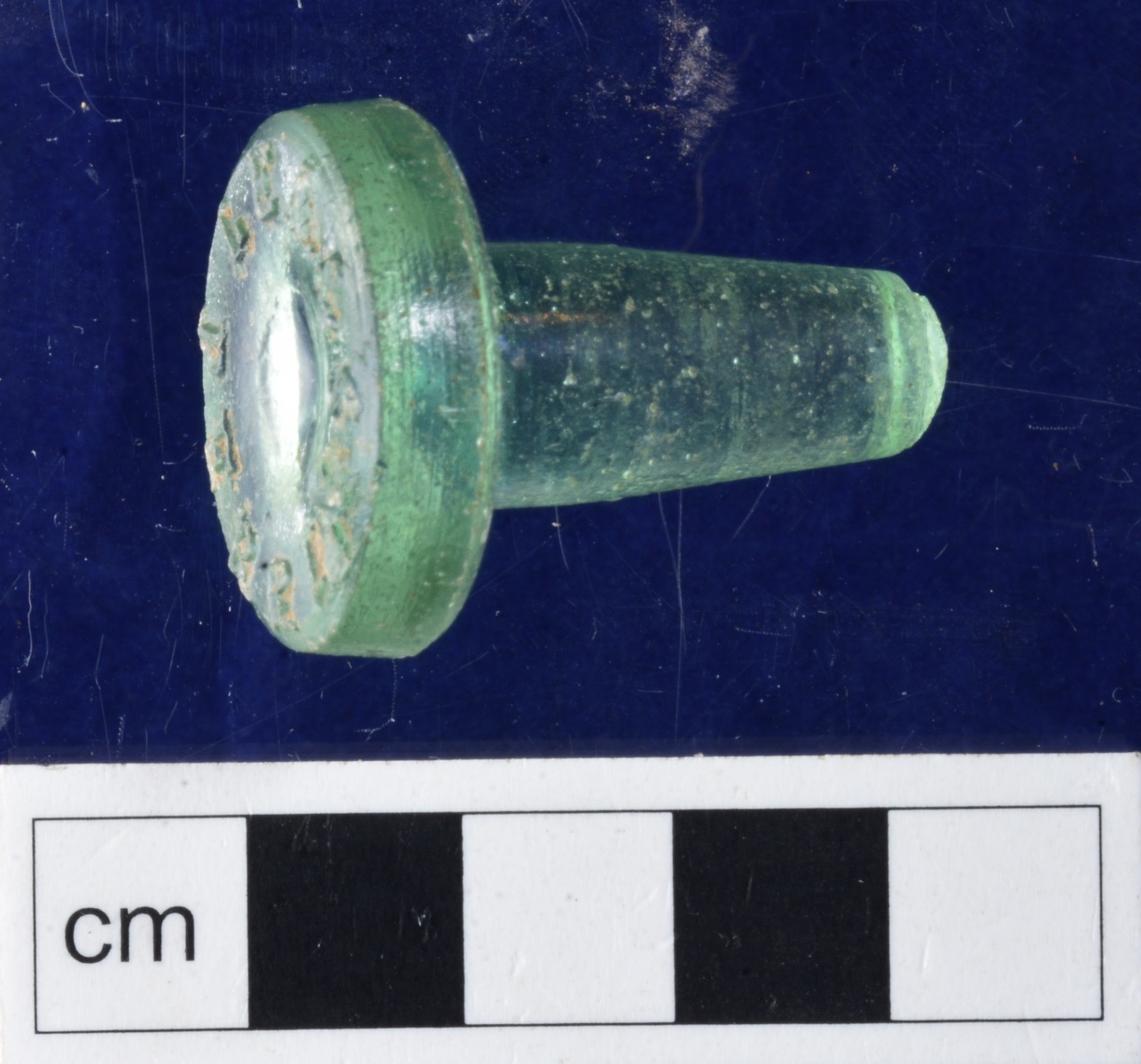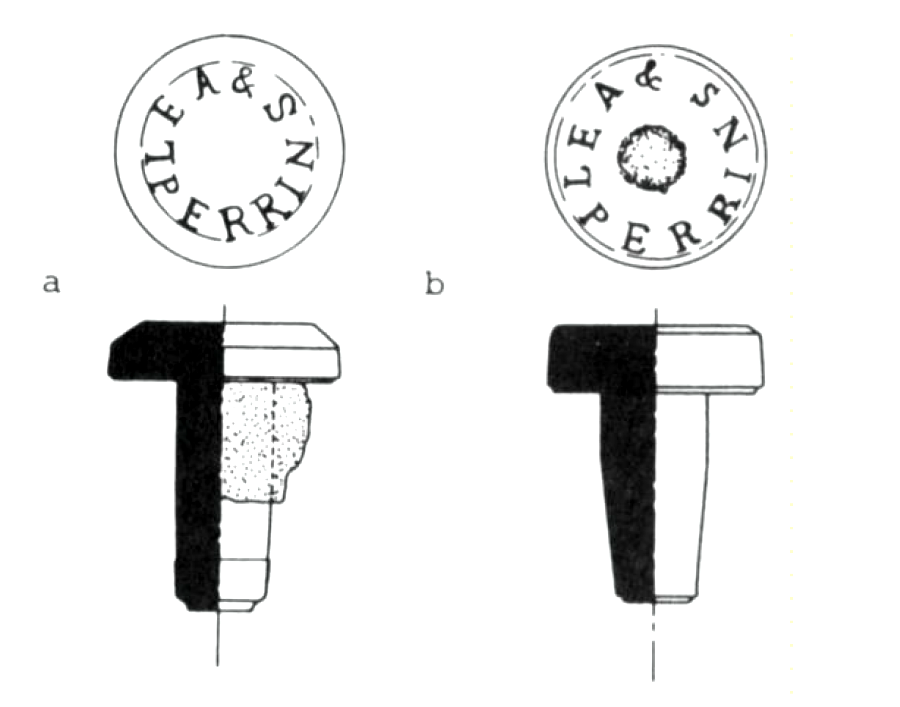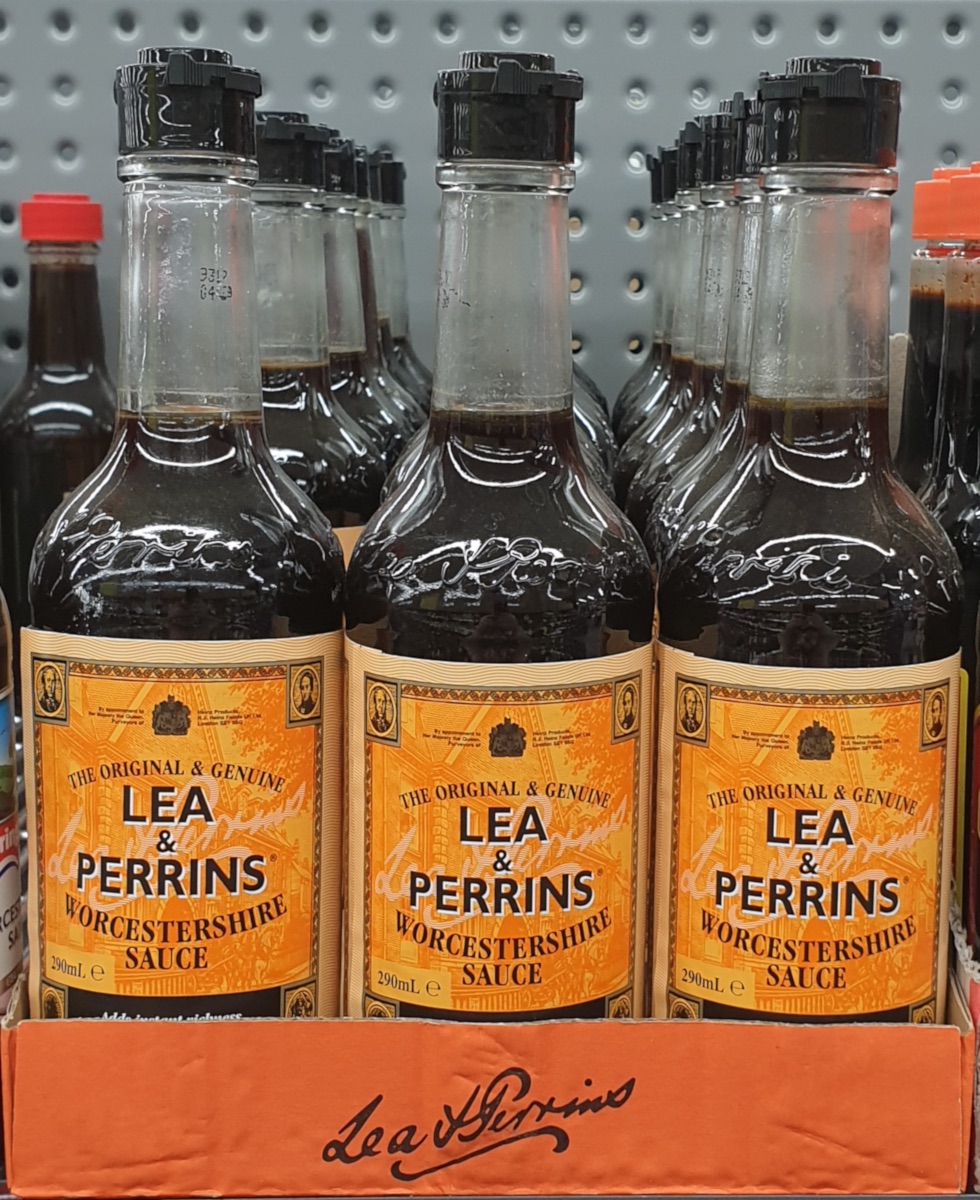In late February 2020, two service trenches were dug across Curtis Park, which is located along the Dumaresq Creek in central Armidale, NSW. The trenches are believed to be works associated with the initial developments of a current million-dollar project which will see a section of the park converted into a regional playground (Green 2019). In the process of digging these trenches, numerous historical artefacts – including broken glass, broken ceramics, and iron nails – were removed from their context and strewn across the publicly accessible surface of Curtis Park. This situation mobilised members of the University of New England (UNE) Archaeology Society to volunteer their time to conduct field-walking surveys in early March in an effort to identify and record these artefacts. During this process the risk these artefacts posed to the public (jagged metal/glass/ceramic etc), as well as the risk to the artefacts themselves through surface exposure or trampling, was highlighted and the decision taken to systematically recover the artefacts from the surface of the park.
 IMAGE 1 – Front view of Lea & Perrins’ glass bottle stopper that was located on the surface of Curtis Park, Armidale, NSW, March 2020 (M. Zarb).
IMAGE 1 – Front view of Lea & Perrins’ glass bottle stopper that was located on the surface of Curtis Park, Armidale, NSW, March 2020 (M. Zarb).
 IMAGE 2 – Side view of Lea & Perrins’ glass bottle stopper that was located on the surface of Curtis Park, Armidale, NSW, March 2020 (M. Zarb).
IMAGE 2 – Side view of Lea & Perrins’ glass bottle stopper that was located on the surface of Curtis Park, Armidale, NSW, March 2020 (M. Zarb).
European use of the site dates back to about 1846 when John Trim, a former convict , built a store along the North Road near the ford crossing the creek (Gibbs 2019:3). In 1927 the site was named ‘Curtis Park’ after one of Armidale’s prior mayors, William Curtis (1858-1934) (The Armidale Express 13 Dec. 1927:6; Armidale Regional Council 2017). The area was prone to flooding, with damaging floods reported to have occurred in 1863, 1893, and during the early 1950s (The Armidale Express 4 Apr. 1863:2, 14 Mar. 1893:4, 9 Oct. 1950:6), and required subsequent levelling through the import of landfill. In October 2019, a ground-penetrating radar (GPR) survey of the park was conducted by Professor Martin Gibbs and volunteers from UNE, in collaboration with the Armidale Regional Council, as a student training exercise (Gibbs 2019:2). This survey located a buried compressed surface which, when aligned with historical maps, was interpreted as being the historic North Road, which ran roughly northeast through the park (Gibbs 2019:11-14). Due to these results, and the fact that a number of artefacts were found on the surface of the park during the GPR survey, it was recommended that ‘the area still contains significant archaeological deposits that should be preserved and interpreted’ (Gibbs 2019:14). However, to the best of the author’s knowledge at the time of writing, no formal archaeological consultancy or additional archaeological investigation has been conducted at the site.
One of the artefacts recovered during the March 2020 survey was a – small glass bottle stopper measuring approximately 31mm long and 25mm at its maximum diameter, with the brand name ‘LEA & PERRINS’ embossed on its top. Lea & Perrins was formed in Worcester, England, in 1837 when John Wheeley Lea and William Henry Perrins began selling their newly created Worcestershire Sauce and, by the 1850s, the condiment was being exported to all parts of the British Empire (Lea & Perrins n.d.). Plain corks were initially used to seal the sauce bottles, but by about the 1840s Lea & Perrins adopted a glass stopper with a cork-wrapped shank, which continued to be used until it was replaced by a patented polyethelene pour plug and plastic screw-type closure in the late 1950s (Lunn 1981:3). Today, the sauce continues to be exported to over 130 countries (Lea & Perrins n.d.).

IMAGE 3 – Two styles of Lea & Perrins’ glass stoppers have been located in archaeological contexts at Fort Walsh, Saskatchewan, Canada (reproduced from Lunn 1981:4). The stopper located in Curtis Park is most similar to the style depicted on the right.
While a number of other artefacts have been located during the recent field-walking surveys, the Lea & Perrins’ bottle stopper has so far proven to be the most iconic. Once the brand name was read aloud while on site, all those taking part in the exercise immediately understood its connection to the condiment still sold at local supermarkets. The artefact has been robbed of its context through the digging of the service trench, and therefore it is impossible to say whether it is directly related to events which took place at the site in the nineteenth or early twentieth centuries, or whether it was redeposited in landfill when the park was levelled at some point during the mid-late twentieth century. It has, however, given a handful of archaeology students and volunteers a brief glimpse into the past lives of those in Armidale region, while remaining as a tangible connection to the present.

IMAGE 4 – Lea & Perrins’ Worcestershire Sauce available to purchase in an Armidale supermarket, March 2020 (D.J. Leahy).
Thanks to Dr Mark Moore, Dr James Roberts, Julie Harm, Peter O’Donohue, and Meaghan ‘May’ Zarb for taking part in various aspects of this exercise. Thanks also to Professor Martin Gibbs, Jeanne Harris, and Emma Watt for sharing their expertise and knowledge. It is hoped that a more complete paper documenting the historical artefacts located at Curtis Park will be published in a future volume of Australasian Historical Archaeology.
REFERENCES
THE ARMIDALE EXPRESS
ARMIDALE REGIONAL COUNCIL 2017, ‘William Curtis’, https://www.armidaleregional.nsw.gov.au/our-region/history-and-heritage/mayors-of-the-region/armidale-city-council/william-curtis, accessed 12 March 2020.
GIBBS, M. 2019, Ground Penetrating Radar Survey, Curtis Park, Trim’s Store Site, Armidale. Unpublished report prepared for the Armidale Regional Council, October 2019.
GREEN, S. 2019, ‘Armidale’s Curtis Park super playground a year with little to show’, The Armidale Express, 17 September 2019, https://www.armidaleexpress.com.au/story/6389851/million-dollar-super-playground-hard-to-get-off-the-ground/, accessed 11 March 2020.
LEA & PERRINS n.d., ‘Our story’, Lea & Perrins UK, https://www.leaandperrins.co.uk/our-story, accessed 11 March 2020.
LUNN, K. 1981, ‘Identification and dating of Lea and Perrins’ Worcestershire Sauce bottles on Canadian historic sites: Interpretations past and present’, Canadian Journal of Archaeology 5:1-17.

